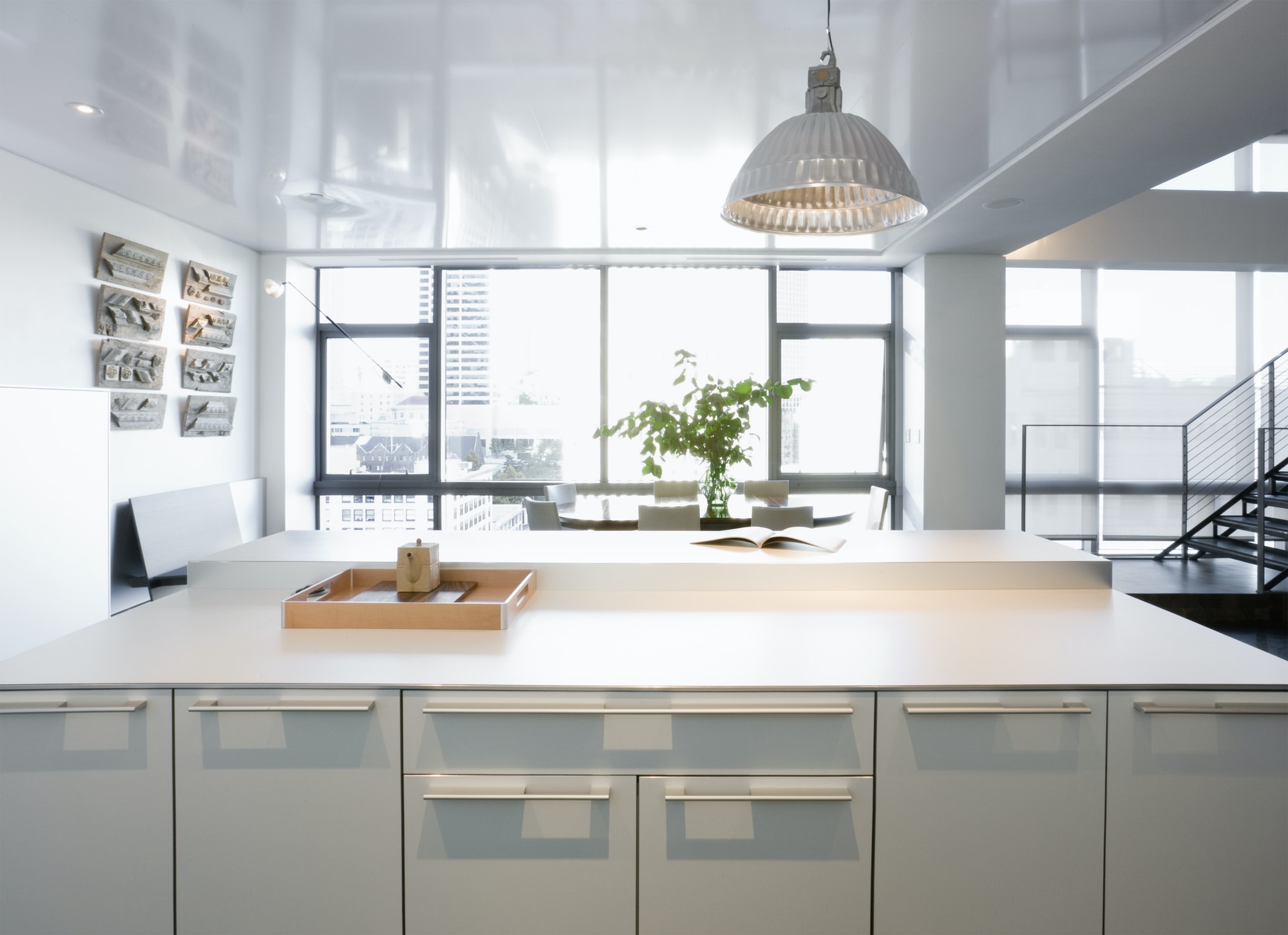The design of a store is now more than just aesthetics in today’s cutthroat retail environment; it is an important component of the customer experience and a major sales driver. To create environments that captivate customers, sway their decisions, and convey a brand’s identity, retail interior design blends creativity and functionality. Knowing the basics of retail interior design can help you create an atmosphere that not only draws in customers but also keeps them coming back, whether you’re designing a new store or remodeling an existing one. This post will discuss the fundamental ideas that all retailers should take into account when creating a memorable and successful store.
Prioritize the Customer Journey
When it comes to retail interior design, the customer journey is essential. Customers should have a smooth and easy experience as soon as they enter your store. Create a welcoming entryway first, which establishes the mood for the rest of the space. Utilize the first five to ten feet of your store as a decompression zone to assist customers in acclimating to your space and removing themselves from the outside world. This space should provide a preview of what’s to come and be tidy and aesthetically pleasing. Think about how customers move through your store once they’re inside. To lead them through your area in a way that promotes exploration, use lighting, signage, and well-placed displays. Steer clear of areas with dead ends or bottlenecks that could irritate customers. Create a logical flow that directs customers to areas that are of utmost importance instead.
Leverage Lighting to Influence Mood and Focus
The shopping experience is greatly influenced by lighting, an aspect of retail interior design that is frequently disregarded. Proper lighting affects your customers’ moods in addition to improving the way your products look. For instance, bright, focused lighting is best for emphasizing particular products, while warm, soft lighting can create a warm, inviting ambiance. By combining task, ambient, and accent lighting, layered lighting gives your room depth and dimension. Accent lighting highlights important displays or architectural elements, task lighting provides useful illumination for spaces like changing rooms or checkout counters, and ambient lighting establishes the mood. When your merchandise changes, you can change the focus of your design by using fixtures that can be adjusted.
Create an Emotional Connection with Visual Merchandising
One effective strategy for establishing an emotional bond with consumers is visual merchandising. Every component, including color schemes and product displays, should complement your brand narrative and be appealing to your target market. Make use of focal points, which are striking features or displays, to highlight important products. Creative props, striking colors, or lighting can be used to highlight these. Cross-selling is encouraged and customers are inspired when products are arranged in complementary or thematic groups. For instance, a home goods store might showcase dining table arrangements with dishes and décor, while a clothing store might pair outfits with accessories. Update your displays frequently with the use of experts in retail fitouts from Melbourneto reflect new arrivals or seasonal trends to keep them looking fresh. In the end, successful visual merchandising should arouse the feelings and curiosity that influence consumer choices.
Incorporate Strategic Branding Elements
Your brand identity should be physically reflected in your retail location. Every design choice, from the color scheme to the material selection, should support the character and principles of your company. For example, an eco-friendly store might use reclaimed wood and greenery to highlight sustainability, while a luxury boutique might use marble and metallic finishes to communicate sophistication. Use packaging displays, personalized signage, or even brand-related fragrances to subtly but effectively incorporate branding elements. Customers should be able to identify your brand consistently across all touchpoints, such as your website, social media accounts, and physical store. You can build closer relationships with your audience and make an impact by developing a unified brand experience.
Optimize for Comfort and Accessibility
Creating a positive customer experience requires a shopping environment that is both accessible and comfortable. Take into account the requirements of every customer, including those who have sensory issues or mobility issues. Clear pathways, movable displays, and wide aisles guarantee that everyone can easily navigate your store. Particularly in larger stores or places where customers might spend more time, such as fitting rooms, provide seating areas where they can relax. Scents, sound levels, and temperature control can all have an impact on how comfortable patrons are. Customers may avoid an area that is too loud, too cold, or overly scented. To make sure these elements suit your target audience’s tastes, test them frequently. Customers are more likely to enjoy their visit if your space is welcoming and comfortable.
Creating a visually appealing space is only one aspect of retail interior design; another is creating an experience that appeals to your customers and upholds your brand. These principles can assist you in designing a space that pleases your clients and advances your corporate objectives, regardless of how big or small your business is.
Discover more from Futurist Architecture
Subscribe to get the latest posts sent to your email.



![modern apartment [article_title]](https://www.futuristarchitecture.com/wp-content/uploads/2025/03/Renter-Storage-Solutions-That-Are-Genius-540x600.jpg)